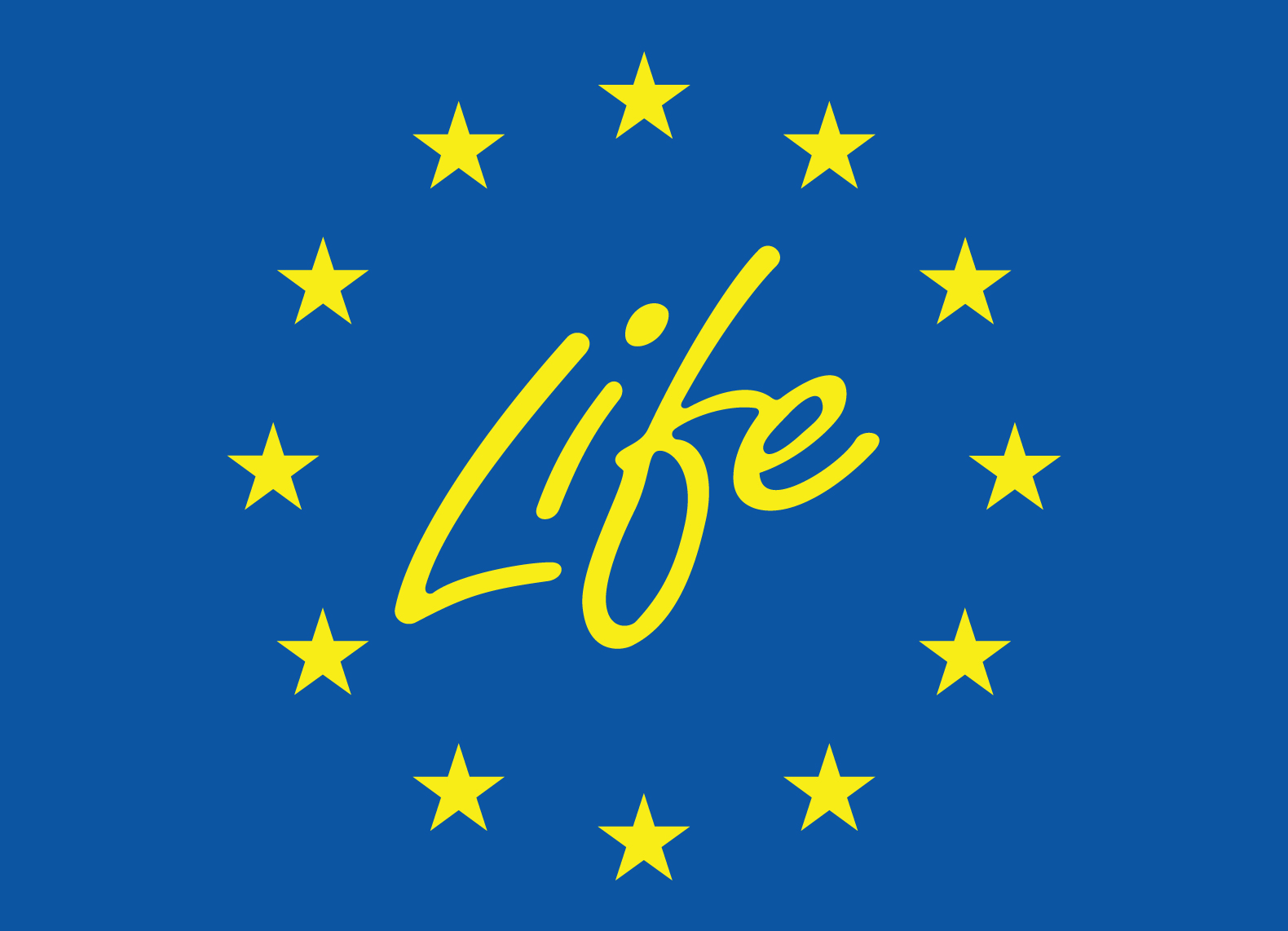Priority challenges for the first Work Programme of Horizon Europe – Position paper published by TP Organics
In view of the preparation of the first Work Programme of Horizon Europe, TP Organics has developed a Position Paper. It describes priority challenges for organic and agroecological research & innovation. These challenges are based on TP Organics’ Strategic Research & Innovation Agenda and were selected according to the following criteria:
- Relevance for EU policy, in particular the European Green Deal and the Farm to Fork strategy
- Relevance and urgency for organic and agroecological food and farming
For each challenge, a portfolio of actions is presented. TP Organics elaborated these portfolios together with experts from the different fields of research. They correspond to two intervention areas of Cluster 6 of Horizon Europe, “Food, Bioeconomy, Natural Resources, Agriculture and Environment”.
The portfolios under intervention area Agriculture, forestry and rural areas are:
- Better farming policies for diverse and vibrant rural areas
- Organic plant health
- Organic approaches to sustainable animal production
- Strengthening organic knowledge and innovation systems
- Circular and climate-resilient organic farming
Intervention Area Food Systems includes the following portfolios:
- Towards a European Market Observatory for organic food and farming
- Safe and sustainable organic food
To leverage the potential of organic food and farming and agroecology to lead the way in the transition towards a more sustainable future for all, research and innovation in organics and agroecology are indispensable. The challenges put forward in this paper need to receive appropriate support at EU level. Of particular importance in this regard are Horizon Europe, the European Partnerships and Missions as well as the Innovation Partnership EIP-AGRI.



